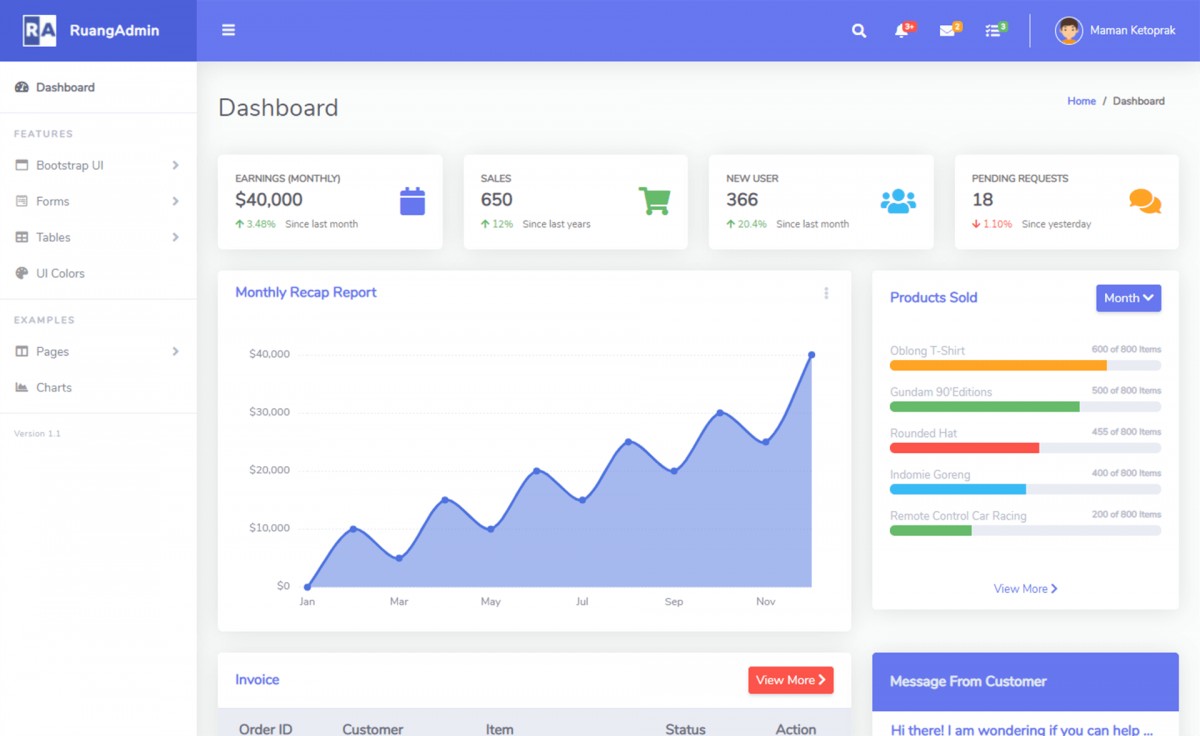A website dashboard is an essential tool for business owners, digital marketers, and website administrators. It allows you to track vital statistics and performance indicators for your website in one central location. There are many different ways to track your website dashboard.
If you want to track your website's dashboard, there are a few different ways that you can do so. The first way is to log into your account and check the statistics that are available to you. This will give you an overview of how your website is doing and what areas need improvement.
Another way to track a website is use to a web analytics tool. There are many different tools out there, but Google Analytics is one of the most popular options. With this tool, you can see detailed information about your website's traffic and performance. A track website dashboard is a great way to keep an eye on the progress of your website. By tracking your website's important metrics, you can make sure that you're meeting your goals for the year or month.

Image Source: Google
Finally, you can also ask your web hosting provider for help tracking your website's dashboard. Many providers offer this service as part of their package, so be sure to ask about it if you're not sure.
There are many website dashboards out there. Some are better than others. Here's how to track your website dashboard:
1. First, identify the purpose of the dashboard. Is it to track website statistics? To monitor user behavior? To troubleshoot issues?
2. Once you know the purpose of the dashboard, select the metrics that are most important to you. For example, if you're interested in tracking website statistics, then you'll want to select metrics like pageviews, unique visitors, and bounce rate.
3. Choose a dashboard that allows you to customize the metrics and data that you see. This way, you can make sure that you're only tracking the information that's most relevant to you.
4. Finally, set up some goals for yourself. What do you want to achieve with your website? By setting goals, you can ensure that your dashboard is helping you meet those objectives.
